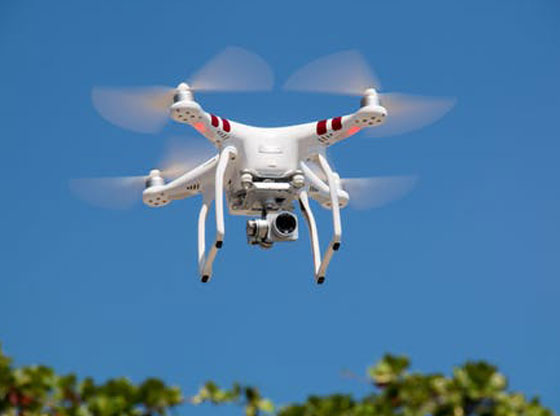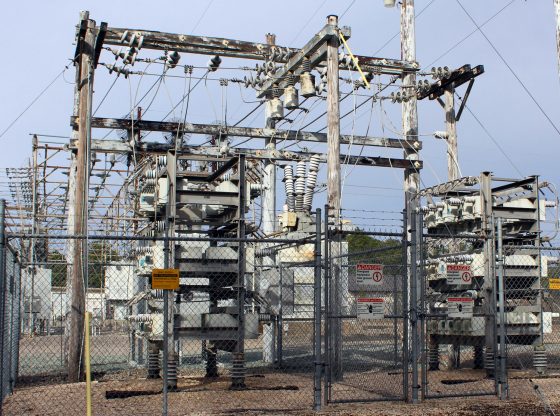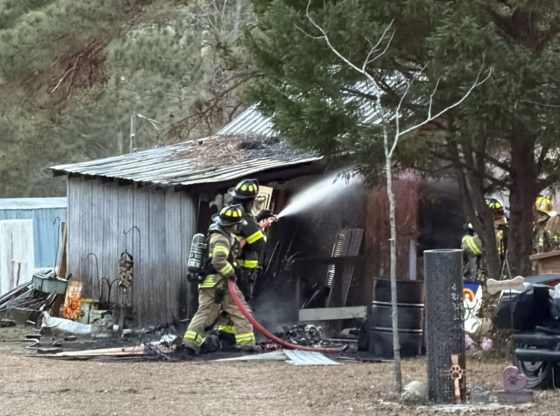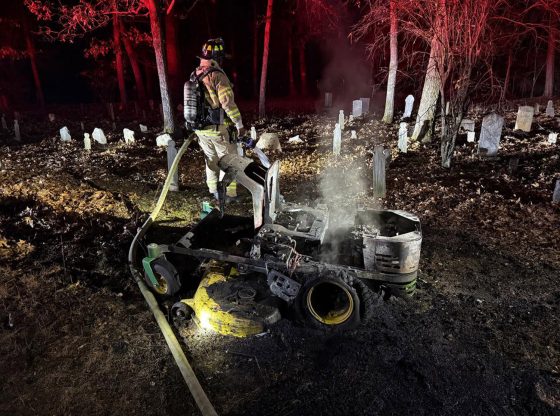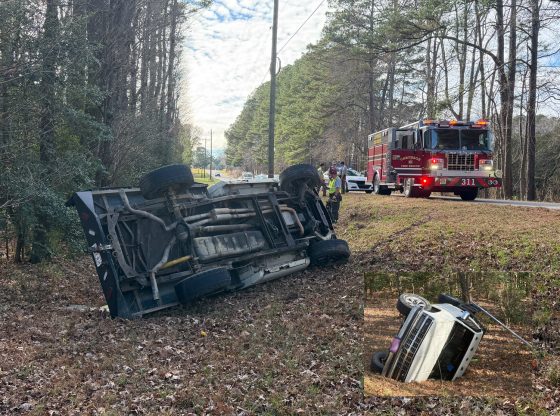This past week in London, a major world airport was shut down for hours disrupting air travel and commerce for hundreds of thousands of passengers and airlines while the local authorities searched for the operators of drones flying over and around the airfields directly in the path of jetliners full of unwitting passengers.
These headlines are becoming increasingly more frequent as more and more air-frames are put into the airspace. There are still major concerns on how to best integrate unmanned aerial systems into the National Air Space above the United States, and there is a major ongoing effort to do it with the help of technology being developed and deployed as quickly as it can be.
The F.A.A. is now requiring registration of drones, and there is an abundance of regulations to insure safe and responsible use of this technology.
There are many new drones under Christmas trees this year, and some people are quite capable of flying them without interference from “Big Brother” or a higher authority, but more and more people do not know, understand or just don’t care what you can and can’t do with a drone.
If you are going to be flying or operating a drone/U.A.S., please visit the following websites and familiarize yourself with “where” “how high/far” you are allowed to fly, and if you are being compensated for your work, then you are required to be licensed by the F.A.A. and permitted by the state of North Carolina if flying in our state.
Some of the most noteworthy emphasis is on “where” you can fly. Please note: Moore County has very restrictive flying regulations imposed by the F.A.A. and Dept of the Army with Fort Bragg, Camp Mackal and Pope, all in the flying business and flying military aircraft at low levels, that increase the likelihood of an incident with a drone operator.
Drones are coming, and they are getting more and more popular since their uses are increasing across many businesses, industries and government. Most accidents and mishaps can be avoided through knowing how to safely and responsibly navigate the airways above us.
https://www.faa.gov/uas/getting_started/register_drone/
Fly your drone at or below 400 feet;
Keep your drone within your line of sight.
Be aware of FAA Airspace Restrictions
https://www.faa.gov/uas/recreational_fliers/where_can_i_fly/airspace_restrictions/
Respect privacy;
Never fly near other aircraft, especially near airports;
Never fly over groups of people, public events, or stadiums full of people;
Never fly near emergencies such as fires or hurricane recovery efforts;
Never fly under the influence of drugs or alcohol.
Written by Sandhills Sentinel contributor, Mickey Prosser, F.A.A. Certified Drone Pilot, U.A.S. Drone Technologist; Owner of A1 Aeronautics & Aerial Imaging in Carthage.


